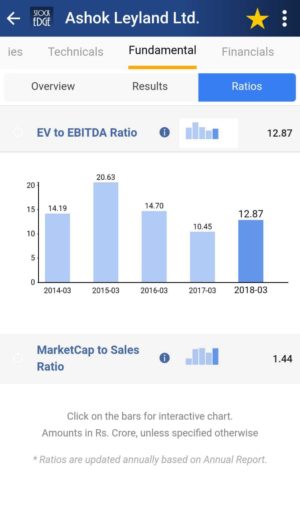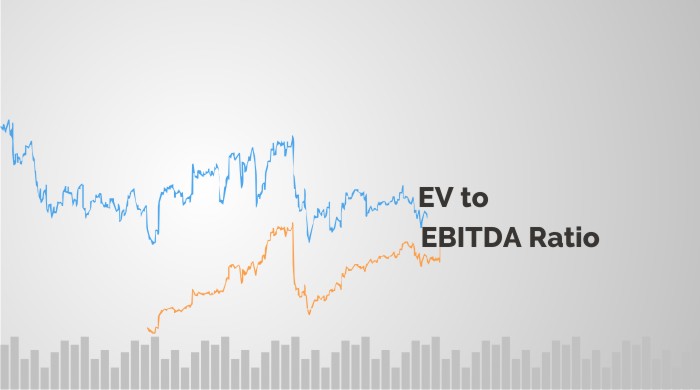Table of Contents
Enterprise Multiple often used parameter when it comes to studying the fundamentals of a company is financial ratios. A financial ratio is a representation of two selected numerical values from a company’s financial statements. Financial ratios help in deciding the financial strength of the company. There are a lot of ratios such as PE ratio, Net profit margin, interest coverage ratio, etc used for the valuation analysis of a company.
Watch the video below on Everything you want to know about EV to EBITDA ratio:
Effect of EV/ EBITDA
EV/ EBITDA or Enterprise Multiple is used to determine the value of a company. It looks at a firm in the way a potential acquirer would buy considering the company’s debt. This is used to see whether a company is undervalued or overvalued. A low ratio means a company is undervalued whereas a high ratio means that the company is overvalued. A company with a low enterprise multiple can be considered a good takeover candidate. It is a better valuation metric since it remains unaffected by changing capital structures and offers fairer comparisons of companies with capital structures that differ. It removes the effect of the company’s non-cash expenses on its value.
Exceptions
It is extremely difficult to arrive at the correct valuation at times since the company’s enterprise value takes into consideration a lot of factors and it is different for different companies. Cash-rich companies have a different number compared to companies which are leveraged and it becomes difficult to value it especially when across sectors.
See also: EBITDA Growth (%)
Enterprise Multiple Formula
Enterprise Multiple= EV/ EBITDA
Suppose the Enterprise Value of a company is 10 crores. (EV= Market capitalization + Debt+ Minority Interest + Preferred Shares- Total Cash and cash equivalents). The EBITDA is 2 crores. Then its enterprise multiple is 10/2=5.

StockEdge App
Nowadays we don’t have to calculate EV/ EBITDA Ratio on our own. StockEdge gives us EV/ EBITDA Ratio of the last year of any company listed on the stock exchange. We can look at and compare the EV/ EBITDA Ratio of any company and filter out stocks accordingly.
Suppose we want to look at the EV/ EBITDA Ratio of Ashok Leyland of last year. In the Fundamental tab of Ashok Leyland, click on the fundamentals tab, and we will get the Ratios tab. Then in the Ratios tab click on Valuation Ratios, and we get the EV/ EBITDA Ratio in a second.
Bottomline
EV/ EBITDA is an important barometer to assess the value of a company. With the help of these ready-made parameters, you can with the click of a button filter out undervalued companies. These parameters are part of the free offerings of the StockEdge app. If you still do not have the StockEdge app, download it right now to use this feature.
Join StockEdge Club to get more such Stock Insights.
You can check out the desktop version of StockEdge.









